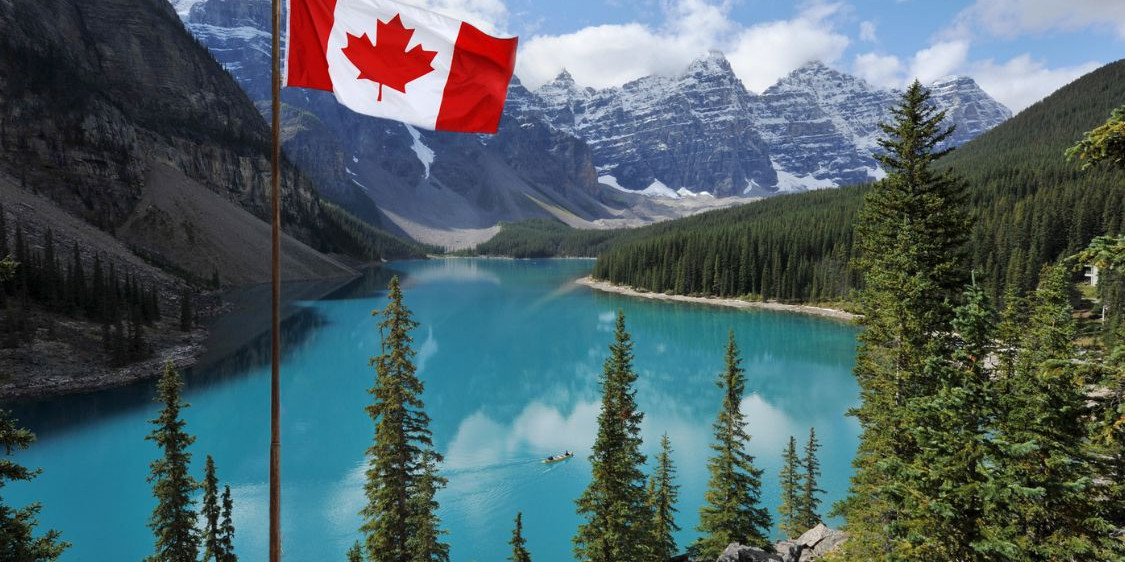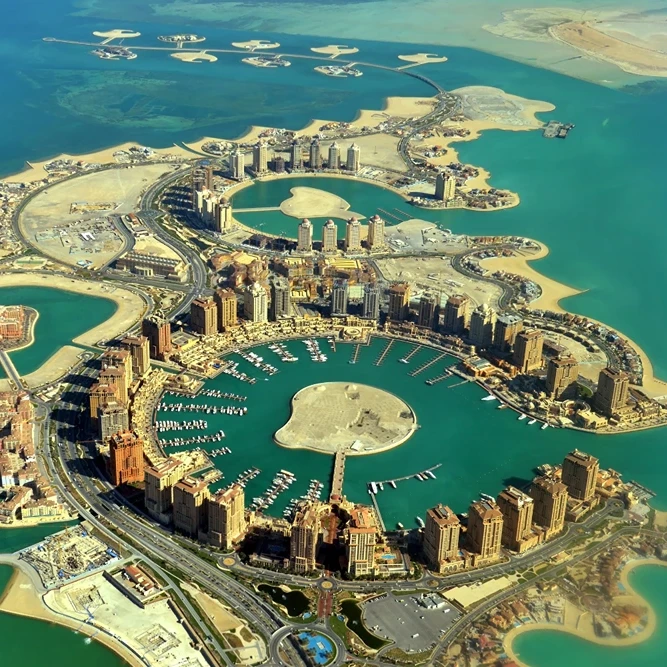When is the best time to travel to Canada? The answer isn’t as simple as it might seem. Canada’s vast expanse means each season offers distinct experiences that can make or break your vacation plans. From the vibrant colors of fall’s foliage to the thrilling slopes of winter’s ski resorts, and the marathons of summer festivals to the tranquil springs adorned with cultural activities—each season introduces its own charm. Get ready to discover a month-by-month guide that will help you decide when to visit this diverse land, ensuring you make the most of its unique offerings.
Table of Contents
ToggleBest Time to Travel to Canada by Season
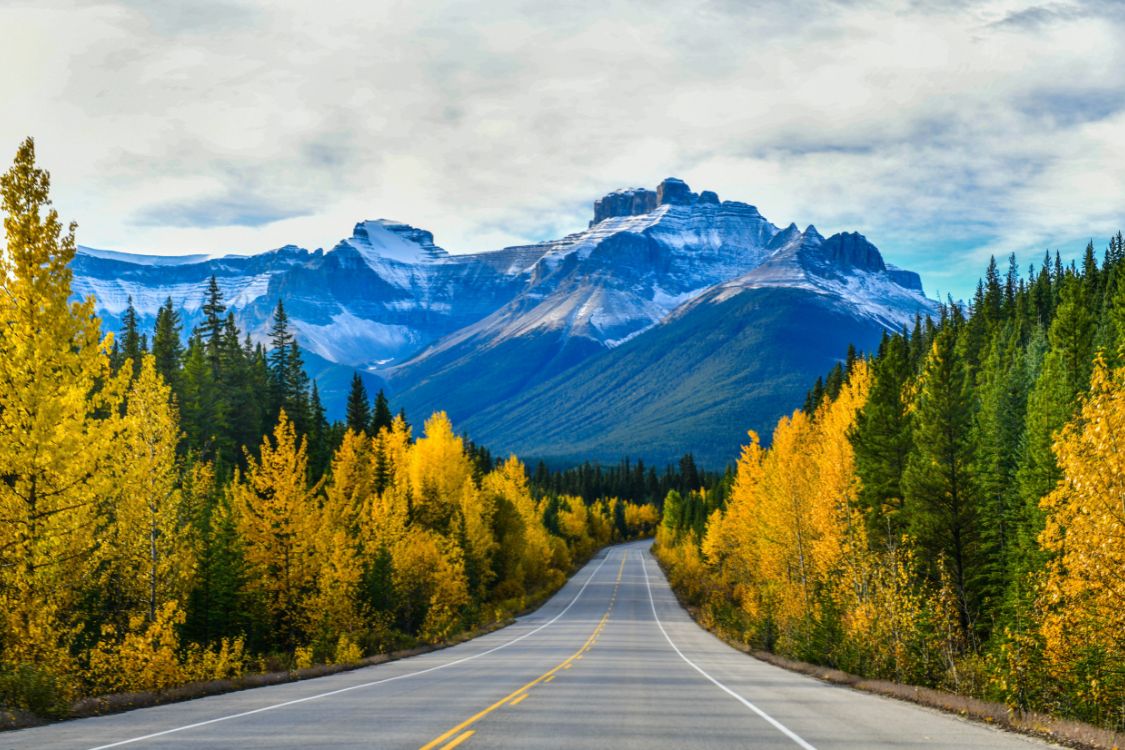
Summer in Canada, spanning June to August, provides ideal conditions for outdoor enthusiasts. Warm temperatures make it perfect for hiking in the Rockies and attending various music and cultural festivals. This period is the peak tourist season, so travelers should anticipate larger crowds and higher prices. Still, the vibrant atmosphere with long daylight hours offers a unique charm.
- Hiking in Banff and Jasper National Parks
- Calgary Stampede in July
- Montreal International Jazz Festival
- Whale watching in British Columbia
- Canada Day celebrations on July 1st
Fall, from September to November, is renowned for its stunning foliage, offering a picturesque backdrop for exploration. The cooler weather and reduced tourist numbers create a more relaxed experience. This season is also favorable for wildlife watching, as many species are active before winter.
- Viewing fall foliage in Ontario and Quebec
- Toronto International Film Festival in September
- Polar bear watching in Manitoba
- Wine harvest festivals in Okanagan Valley
- Scenic train rides through the Rockies
Winter, occurring from December to February, transforms Canada into a wonderland for snow sports enthusiasts. Regions like Whistler and Banff offer excellent skiing and snowboarding conditions. Additionally, the chance to witness the northern lights in the northern territories is a major draw.
- Skiing in Whistler and Banff
- Viewing the northern lights in Yukon
- Ice skating on Ottawa’s Rideau Canal
- Quebec Winter Carnival
- Dog sledding excursions
Spring, extending from March to May, provides a quieter travel experience as landscapes begin to bloom. While temperatures are milder, this period offers cultural events and opportunities to explore cities without the rush of peak tourist seasons. It’s also a good time for bird watching and enjoying local festivals.
- Cherry blossom festivals in Vancouver
- Canadian Tulip Festival in Ottawa
- Bird watching in Point Pelee National Park
- Maple syrup festivals in Quebec
- Exploring cities like Toronto and Montreal with fewer crowds
Regional Differences: The Best Time to Visit Canadian Destinations
The West Coast of Canada, particularly areas like Vancouver, benefits from a milder climate, making it an attractive year-round destination. This region experiences less severe winters compared to the rest of the country, allowing for outdoor activities even in cooler months. Visitors can enjoy the lush landscapes and coastal views at any time, with the added bonus of fewer crowds outside of peak summer months. The temperate weather ensures that activities such as hiking, exploring the vibrant city life, and enjoying the natural beauty are available throughout the year.
For those exploring the East Coast, the best time to visit is during the warm summer months, with July and August being particularly popular. This period offers ideal weather for coastal exploration, visiting historical sites, and attending outdoor events. The vibrant fall colors in September and October provide a picturesque setting, drawing visitors looking for scenic beauty and a quieter travel experience. The East Coast’s unique blend of natural landscapes and cultural heritage makes it a compelling destination during these months.
Major Canadian cities like Toronto and Montreal boast vibrant cultural scenes and host numerous festivals and events throughout the year. While these cities are accessible year-round, the summer months offer the most favorable conditions for exploring urban attractions and enjoying outdoor events. Spring and fall also present excellent opportunities for city visits, with milder weather and fewer tourists. These periods are ideal for experiencing the rich cultural offerings without the hustle and bustle of peak tourist seasons.
| Region | Best Months to Visit |
|---|---|
| West Coast | Year-round |
| East Coast | July, August, September, October |
| Major Cities | June, July, August, September |
Major Events and Festivals Influencing Travel Timing
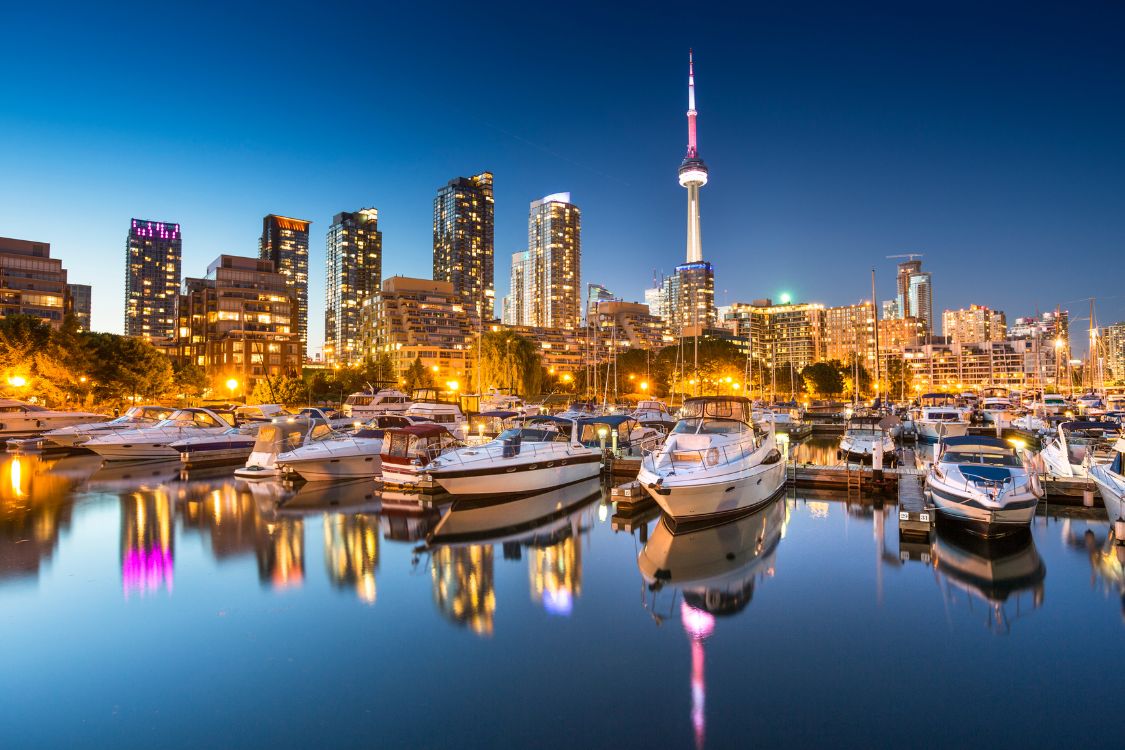
Travel plans to Canada can be significantly influenced by the timing of major events and festivals. For instance, the Calgary Stampede in July is a world-renowned rodeo and exhibition that draws large crowds, impacting accommodation availability and travel costs. Similarly, the Toronto International Film Festival in September attracts film enthusiasts worldwide, affecting hotel bookings and city traffic. These events, while offering unique cultural experiences, require advance planning to secure accommodations and manage expenses. Festivals like these not only elevate the cultural vibrancy of the host cities but also contribute to increased tourism and economic activity.
Seasonal events further shape the tourism landscape in Canada. Summer months are bustling with festivals that celebrate music, arts, and local culture, making it a lively season for visitors. Fall offers a different charm with scenic rail journeys on VIA Rail and the Rocky Mountaineer, providing breathtaking views of autumn foliage. These rail trips are particularly popular in fall, as the vibrant colors attract tourists seeking picturesque landscapes. Each season’s events contribute distinctively to local tourism, drawing crowds that enhance the overall travel experience in Canada.
- Calgary Stampede in July
- Toronto International Film Festival in September
- Montreal Jazz Festival in summer
- Quebec Winter Carnival in February
Tourist Peak vs. Off-Peak Travel Periods
Peak travel periods in Canada, particularly July and August, coincide with summer vacation, leading to increased tourist activity. Are prices higher during peak seasons? Yes, travelers will encounter elevated costs for flights, accommodations, and attractions due to heightened demand. Managing crowds becomes crucial, especially in popular destinations like Banff, Whistler, and major cities such as Toronto and Vancouver. To navigate the bustling atmosphere, advance bookings and planning are recommended. Despite the challenges, the vibrant energy and long daylight hours offer memorable experiences for those willing to embrace the hustle.
Off-peak travel, typically during spring and fall, provides a contrasting experience marked by affordability and tranquility. Does traveling off-peak save money? Yes, lower accommodation rates and flight costs make these seasons appealing for budget-conscious travelers. Fewer tourists mean shorter lines and a more relaxed pace at popular sites. The fall season, with its brilliant foliage, offers a visually stunning backdrop, while spring brings blooming landscapes and cultural events. These periods allow for a more intimate exploration of
Canada’s diverse regions without the summer rush.
When considering travel periods, what factors should be kept in mind? Weather conditions, personal interests, and budget constraints are key. Winter, while offering lower travel costs, presents harsh weather in many areas, potentially limiting outdoor activities. Spring and fall, with milder climates, offer a balanced choice for those seeking comfort and affordability. Ultimately, choosing the best time to visit depends on individual priorities, be it experiencing the vibrant peak season or enjoying the peaceful off-peak periods.
- Lower accommodation and flight costs
- Fewer crowds at popular attractions
- Opportunity for intimate exploration of cultural sites and natural landscapes
Month-by-Month Travel Highlights for Canada
The months of January and February are prime for winter sports enthusiasts and those eager to witness the northern lights. Are these months ideal for outdoor activities? Yes, regions like Whistler and Banff provide exceptional skiing and snowboarding conditions. In the northern territories, the long nights offer optimal opportunities for viewing the aurora borealis, a mesmerizing natural phenomenon that captivates visitors.
March and April mark the onset of spring, bringing with them a variety of festivals and cultural events. Is this a good time to experience Canadian culture? Absolutely, spring festivals showcase regional traditions and arts, with events such as the Canadian Tulip Festival in Ottawa. As the weather gradually warms, it provides a comfortable backdrop for exploring urban areas and cultural landmarks.
May and June are excellent for wildlife watching and enjoying the countryside’s blooming landscapes. Can travelers spot diverse wildlife during this period? Yes, from grizzly bears in British Columbia to migratory birds in Point Pelee National Park, the opportunities are abundant. The landscapes come alive with color, making it a picturesque time for nature hikes and photography.
July and August bring the height of summer, characterized by vibrant festivals and outdoor adventures. Are these months suitable for family vacations? Yes, with events like Canada Day celebrations and the Calgary Stampede, there’s no shortage of activities. The warm weather is perfect for exploring national parks, engaging in water sports, and attending music festivals across the country.
September and October offer a striking display of fall foliage and the chance for scenic train journeys. Is this the best time to see fall colors? Indeed, regions such as Ontario and Quebec are renowned for their autumn hues. Train rides through the Rockies during this time provide breathtaking vistas, making it a favored season for photographers and nature lovers.
November and December usher in holiday events and winter activities. Are these months festive in Canada? Yes, cities transform with holiday markets and festivals, creating a joyful atmosphere. The winter chill sets the stage for activities like ice skating and exploring festive light displays, rounding out the year with warmth and cheer.
- Skiing in Whistler (Jan-Feb)
- Canadian Tulip Festival in Ottawa (Mar-Apr)
- Wildlife spotting in Point Pelee National Park (May-Jun)
- Calgary Stampede (Jul-Aug)
- Fall foliage train rides in the Rockies (Sep-Oct)
- Holiday markets in Toronto (Nov-Dec)
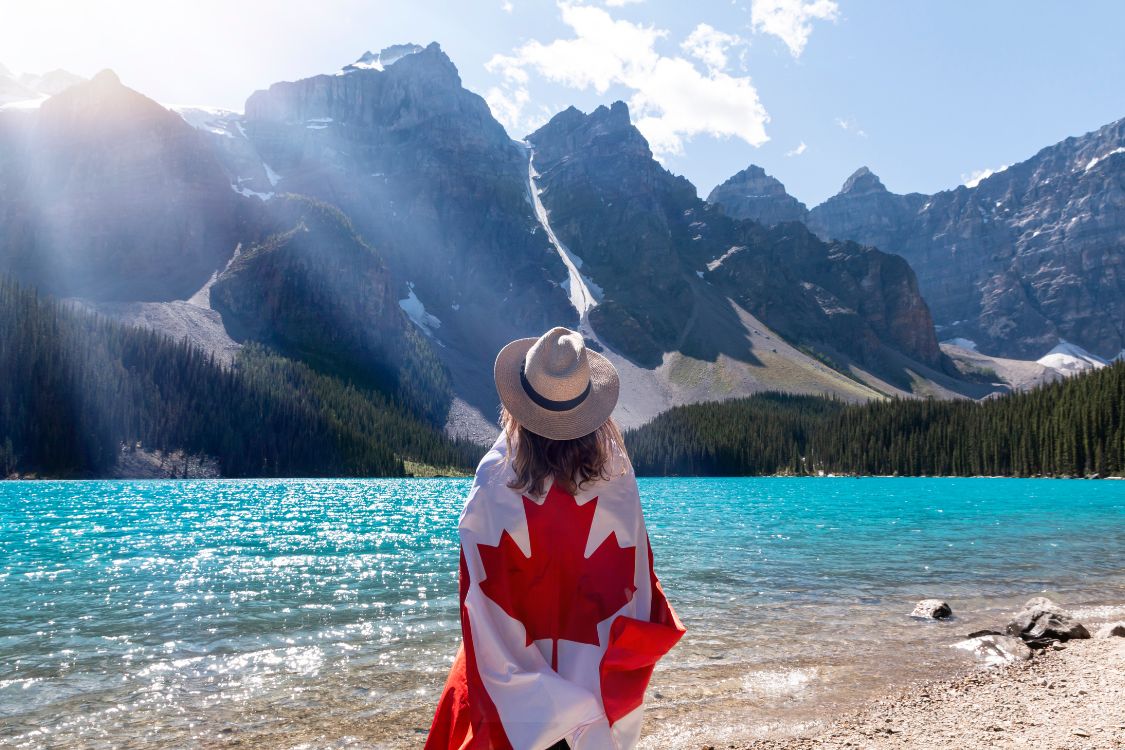
Final Words
Understanding the best time to travel to Canada enables travelers to align their journeys with the most favorable seasons.
For outdoor enthusiasts, summer is an ideal time to explore the Rockies and immerse in festivals.
Fall captivates visitors with its vibrant foliage and unique wildlife spotting opportunities.
Winter invites adventurers with an array of winter sports and the magical northern lights.
Spring offers cultural events and a quieter travel experience.
By choosing the right season, visitors can experience the best that Canada has to offer, ensuring memorable travel adventures.
FAQ
Worst time to visit Canada
A: The worst time to visit Canada mainly depends on personal preferences for weather and activities. Generally, winters (December-February) can be challenging with harsh weather conditions, affecting travel plans.
Best time to visit Canada for Northern Lights
A: The best time to visit Canada for Northern Lights is during winter months, from late October to March, when the skies are clear and dark, ideal for aurora viewing.
Best time to travel to Canada from India
A: Traveling from India to Canada is best between May and September. These months offer pleasant weather and access to outdoor activities, aligning with summer and early fall.
Best time to travel to Canada from California
A: Canadians welcome Californian travelers year-round, but summer (June-August) is ideal for experiencing outdoor adventures, while fall (September-November) offers stunning foliage and fewer tourists.
Best time to visit Canada Niagara Falls
A: Niagara Falls is best visited in late spring to early fall (May-September). Warm weather enhances boat tours and outdoor pursuits, with winter (December-February) offering captivating frozen views.
Best time to visit Canada for snow
A: For snow activities, visit Canada between December and February. These months have peak snowfalls, perfect for skiing, snowboarding, and snowshoeing adventures across various regions.
Cheapest time to visit Canada
A: The cheapest time to visit Canada is during its off-peak seasons: late fall (November) and early spring (March-April), when there are fewer tourists and lower accommodations costs.
Best time to visit Canada Toronto
A: Toronto is best visited during spring (May-June) and fall (September-October). These periods offer pleasant weather, vibrant festivals, and fewer crowds, enhancing the urban experience.
What is the best month to go to Canada?
A: The best month to go to Canada depends on personal interests, but September is often ideal. It offers beautiful fall foliage, mild weather, and fewer tourists for an enjoyable visit.
What is the cheapest time of year to visit Canada?
A: The cheapest time of year to visit Canada is typically in November and early April. During these off-peak months, travelers can benefit from reduced airfares and lodging rates.
Where is the best place to go in Canada for the first time?
A: First-time visitors should consider exploring iconic destinations like Toronto, Vancouver, and Quebec City. Each offers a unique blend of culture, scenery, and activities suitable for newcomers.
What month is rainy in Canada?
A: The rainiest months in Canada often depend on region, but April and October usually see increased rainfall, especially in coastal areas like Vancouver.
Hazel Wall is a passionate traveler, writer, and explorer dedicated to sharing her experiences and insights with fellow adventurers. With a background in journalism and a deep love for discovering new cultures, Hazel has journeyed across continents, immersing herself in diverse landscapes and traditions.


